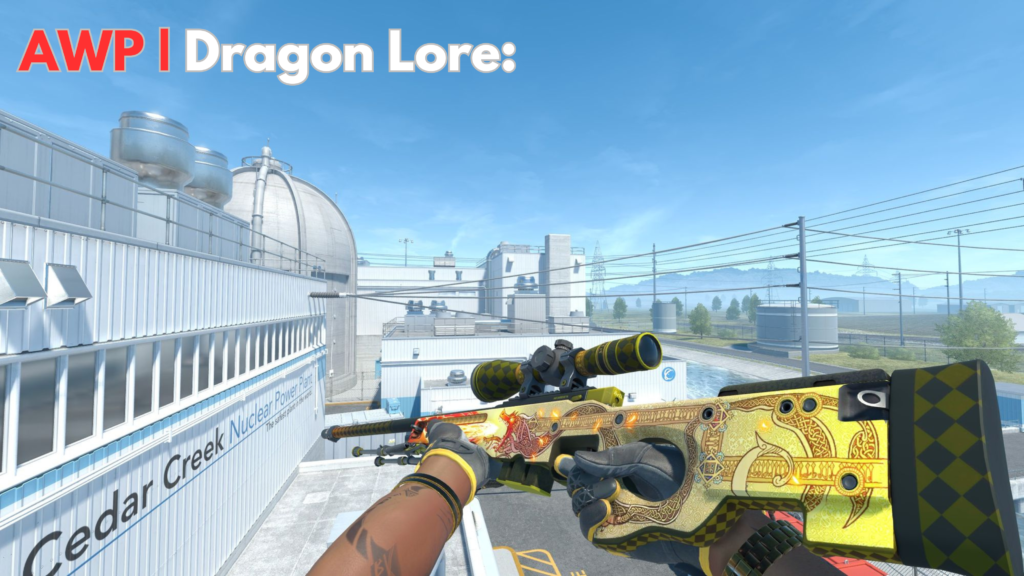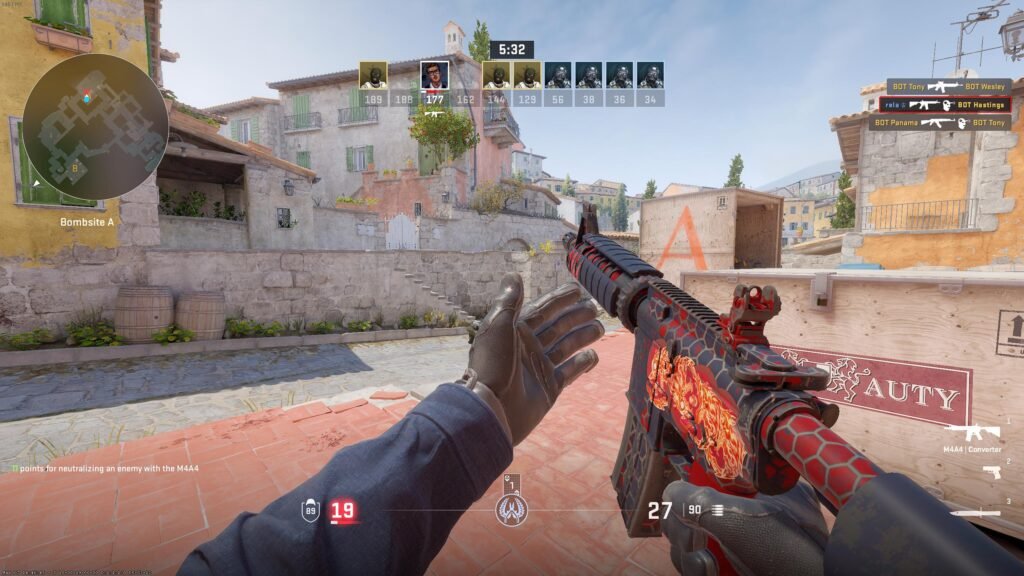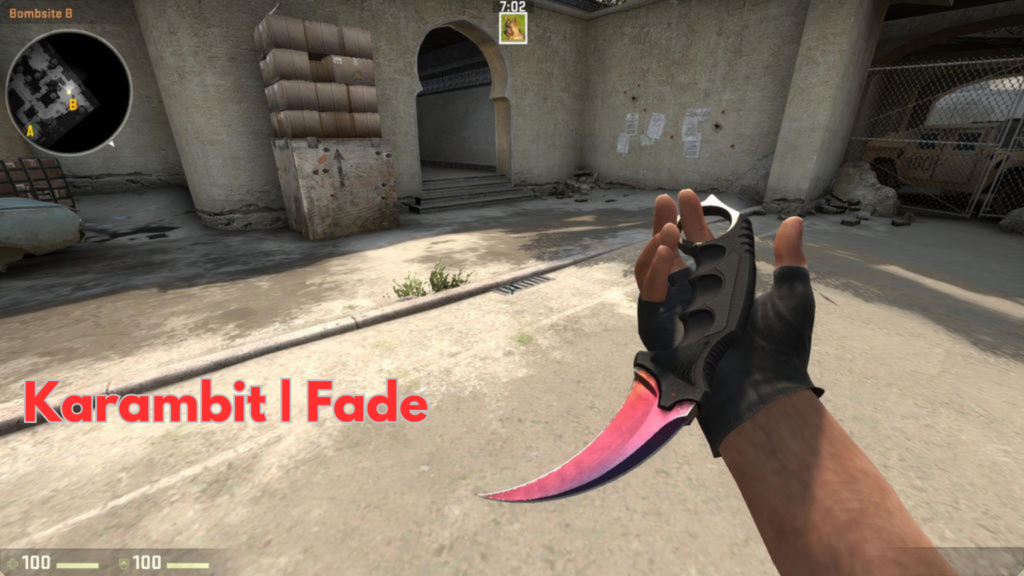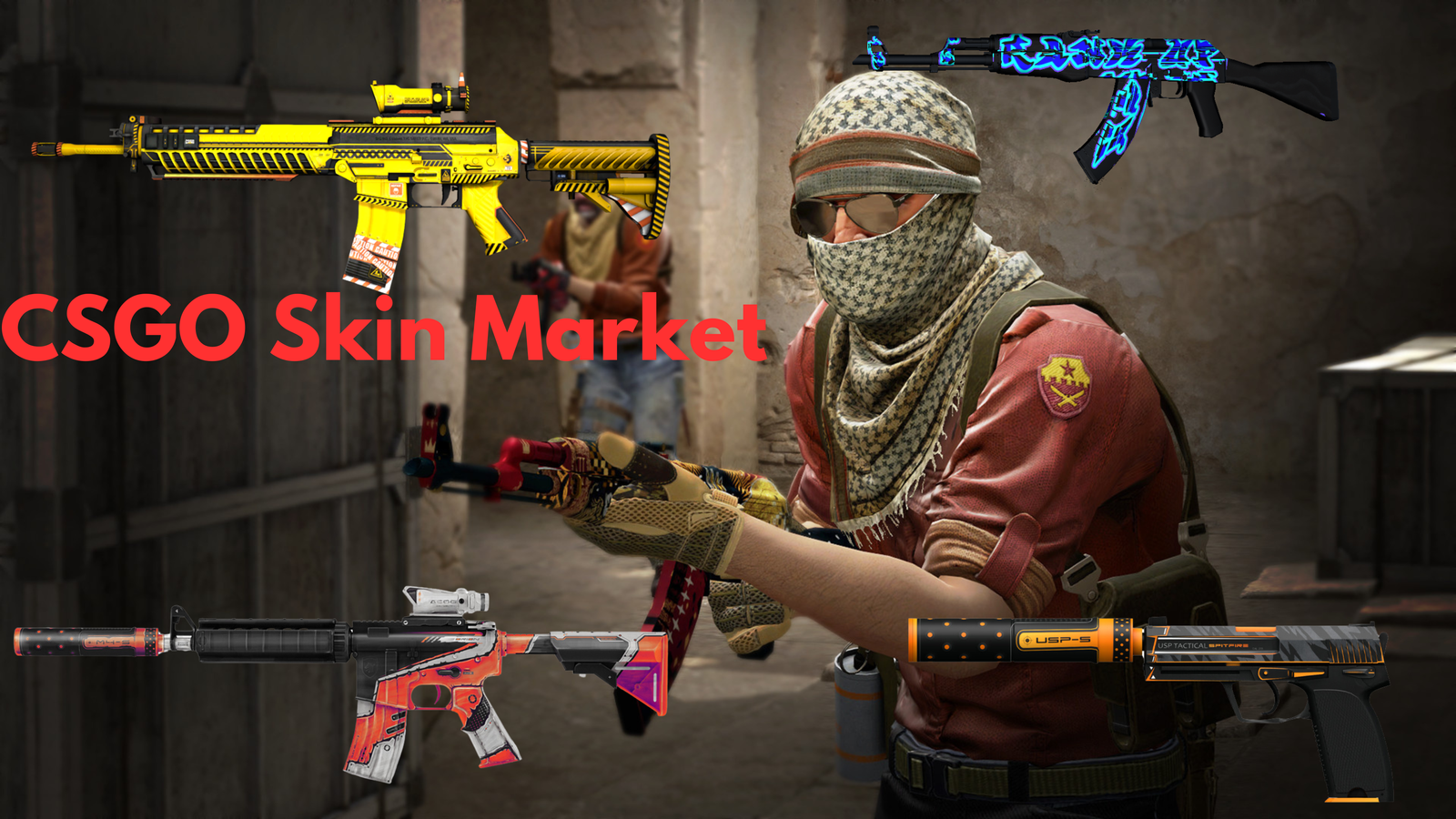The CSGO skin market is one of the most intriguing aspects of Counter-Strike: Global Offensive. Originally introduced as purely cosmetic items, skins have since transformed into a multi-million-dollar virtual economy. Skins add a unique flair to your in-game weapons and have evolved into tradable assets, with some being worth thousands of dollars. Whether you’re a casual player or a serious trader, understanding the CSGO skin market is essential.
Table of Contents
What Are CSGO Skins?
CSGO skins are cosmetic items that change the appearance of your in-game weapons. They range from simple color schemes to intricate designs, often themed around specific collections or events. While skins don’t impact gameplay mechanics, they’ve become a way for players to express themselves and showcase their status in the community.
You can acquire skins in several ways:
- Case Drops: Earned in-game and require keys to open.
- Operations: Special events that reward skins upon completing missions.
- Marketplaces: Skins can be bought or traded on platforms like the Steam Community Market or third-party websites.
- Trading: Players can exchange skins with others to acquire specific items they desire.
The Rise of the CSGO Skin Market
When Valve introduced skins in 2013, they were intended as a fun, cosmetic feature. However, the community quickly saw their potential value. Players began trading skins, and a market emerged where rare items fetched significant prices. Over time, third-party platforms were developed to facilitate trading and selling, creating a thriving ecosystem that now supports professional traders, investors, and even collectors.
How Does the CSGO Skin Market Work?
The CSGO skin market revolves around supply, demand, and rarity. Here’s how it operates:
- Steam Community Market:
- The official marketplace where players can buy and sell skins.
- Offers transparency but includes a transaction fee, making it less appealing for high-value trades.
- Third-Party Websites:
- Sites like Skinport, Buff.163, and DMarket provide more flexibility.
- These platforms often have better pricing and more options for buyers and sellers.
- Trading:
- Trading between players allows for direct exchanges without fees.
- This requires trust and careful vetting to avoid scams.
Factors Affecting Skin Prices
The value of a skin in the market depends on several factors:
- Rarity: Skins are categorized by their rarity levels:
- Consumer Grade (white) – Common
- Industrial Grade (light blue) – Uncommon
- Mil-Spec (blue) – Rare
- Restricted (purple) – Very Rare
- Classified (pink) – Extremely Rare
- Covert (red) – Ultra Rare
- Condition:
- Each skin has a wear level ranging from Factory New to Battle-Scarred. The less worn a skin appears, the higher its value.
- Pattern:
- Certain patterns, like unique fades or specific stickers, can increase a skin’s price.
- Popularity:
- Skins used by pro players or seen in tournaments often spike in value.
- Market Trends:
- Seasonal events, updates, or hype around specific skins can influence prices.
Popular Skins in the Market
Some skins have achieved legendary status in the CSGO skin market. These include:
- AWP | Dragon Lore: Known for its rarity and iconic design, this skin can fetch prices exceeding $100,000 in pristine condition.

- AK-47 | Redline: A classic, stylish design popular among players.

- M4A4 | Howl: A discontinued skin that’s rare and highly sought after.

- Karambit | Fade: A knife skin with a stunning gradient pattern, making it a collector’s dream.

Skin Trading and Investment
For many, the CSGO skin market is more than just a way to customize their weapons; it’s an investment opportunity. Here’s why:
- Long-Term Appreciation:
- Rare skins often appreciate in value over time, especially those no longer in circulation.
- High Liquidity:
- The active community ensures skins can be traded or sold relatively quickly.
- Passive Income:
- Some players invest in skins and hold onto them until prices rise significantly.
However, investing in skins isn’t without risks. Prices can fluctuate, and scams are prevalent, so it’s essential to trade cautiously.
Is the CSGO Skin Market Legal?
Yes, the skin market itself is legal. However, controversies have surrounded it due to:
- Gambling: Many unregulated sites allowed players to gamble skins, leading to legal and ethical concerns.
- Scams: Fake trading websites and dishonest traders prey on unsuspecting users.
- Underage Participation: Some platforms failed to verify age, leading to issues with younger users engaging in trading or gambling.
Valve has since taken steps to crack down on illegal activities by banning gambling sites and enforcing stricter trade restrictions.
Tips for Navigating the CSGO Skin Market
- Start Small:
- Begin with low-cost skins to understand how the market operates.
- Research Before You Buy:
- Check trends, rarity, and condition before making any purchase.
- Use Trusted Platforms:
- Stick to the Steam Community Market or reputable third-party sites.
- Avoid Scams:
- Never trade with unverified users or click on suspicious links.
- Diversify Investments:
- If you’re investing, don’t put all your funds into one skin. Spread your risk.
Future of the CSGO Skin Market
The CSGO skin market shows no signs of slowing down. With the game’s continued popularity and the introduction of new skins, the market remains vibrant. Additionally, the emergence of blockchain and NFTs could further revolutionize how skins are traded and owned in the future.
Conclusion
The CSGO skin market is a dynamic ecosystem where gaming, trading, and investment intersect. Whether you’re a casual player looking to spice up your inventory or an investor aiming for long-term gains, understanding the market’s nuances is crucial. By following best practices, researching trends, and staying cautious, you can make the most of this exciting virtual economy.
If your are curious about more csgo articles How to Transform Valorant to csgo senstivity: A 6 Step Comprehensive Guide
FAQs
1. What is the most expensive CSGO skin ever sold? The AWP | Dragon Lore (Souvenir Factory New) has sold for over $100,000.
2. Are CSGO skins pay-to-win? No, skins are purely cosmetic and have no impact on gameplay.
3. How can I avoid scams in the skin market? Trade only on trusted platforms like the Steam Community Market or verified third-party sites. Always double-check links and user profiles.
4. Can CSGO skins lose value? Yes, prices can fluctuate based on market trends, demand, and updates. visit csgo-skins.com
5. What’s the best way to get rare skins? Rare skins can be obtained through case openings, trading, or purchasing directly from the market.


1 thought on “CSGO Skin Market: The Ultimate Guide to Unlocking 7 Amazing Opportunities”